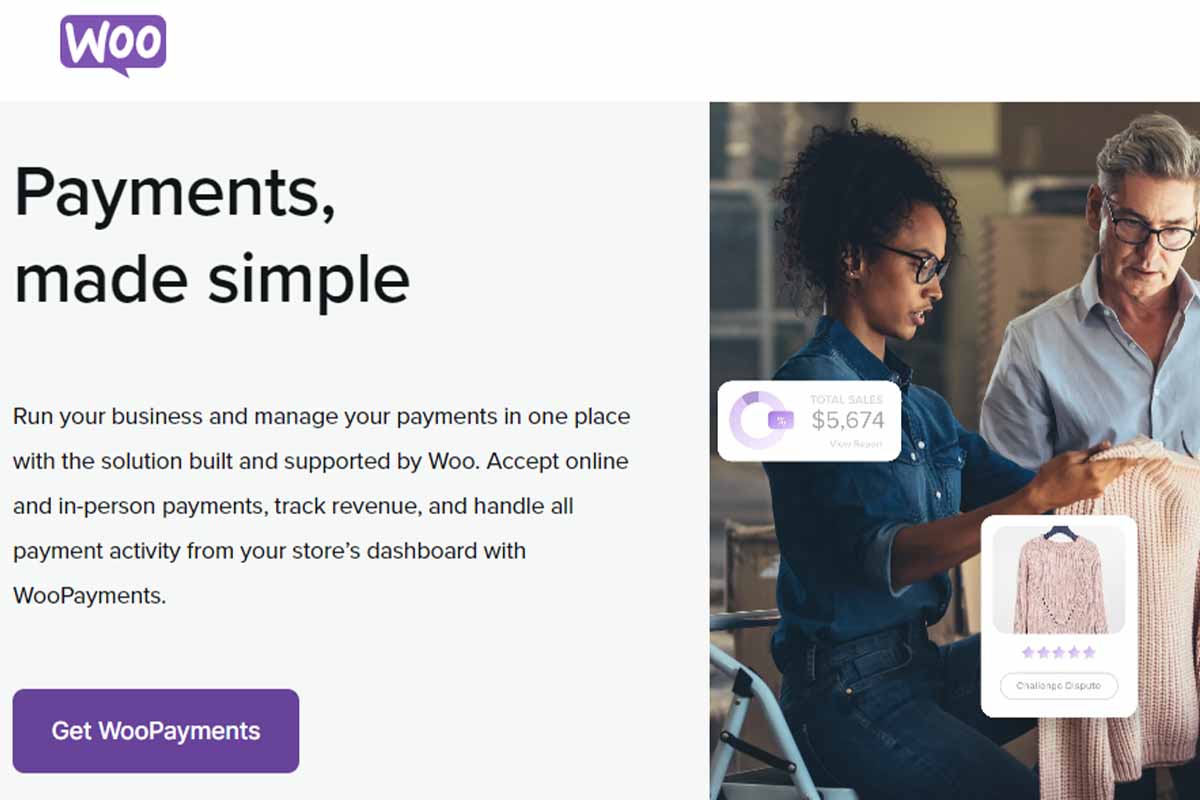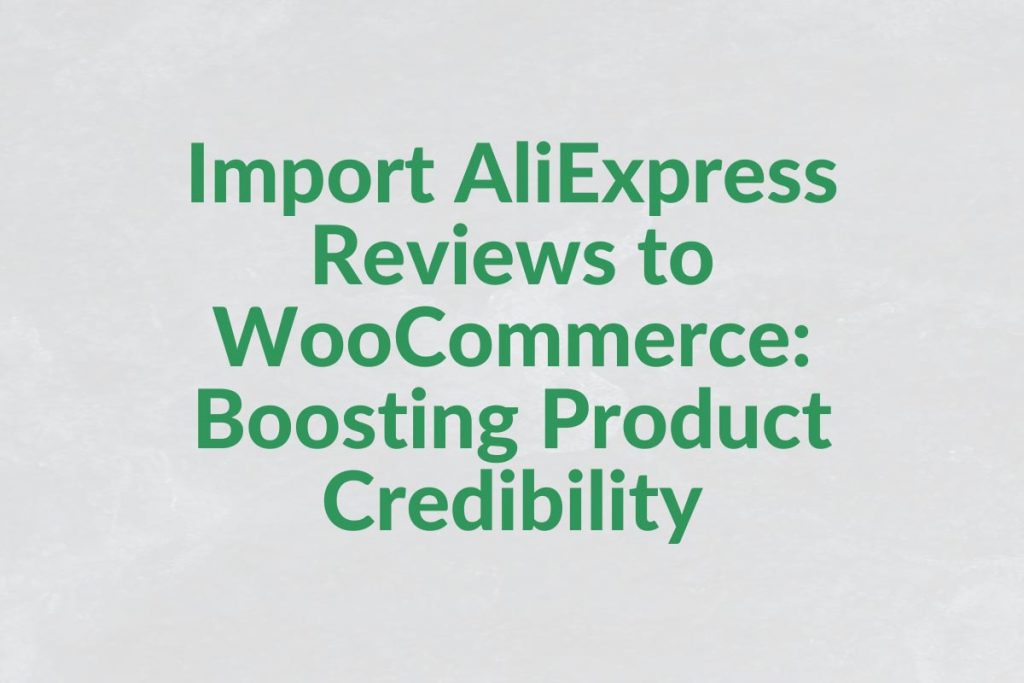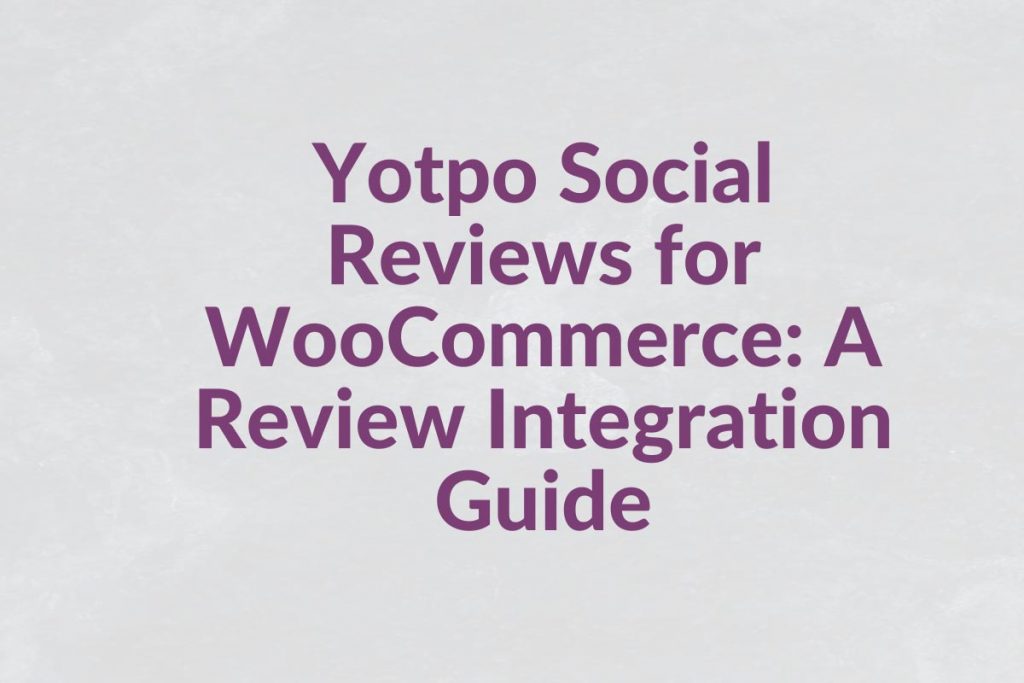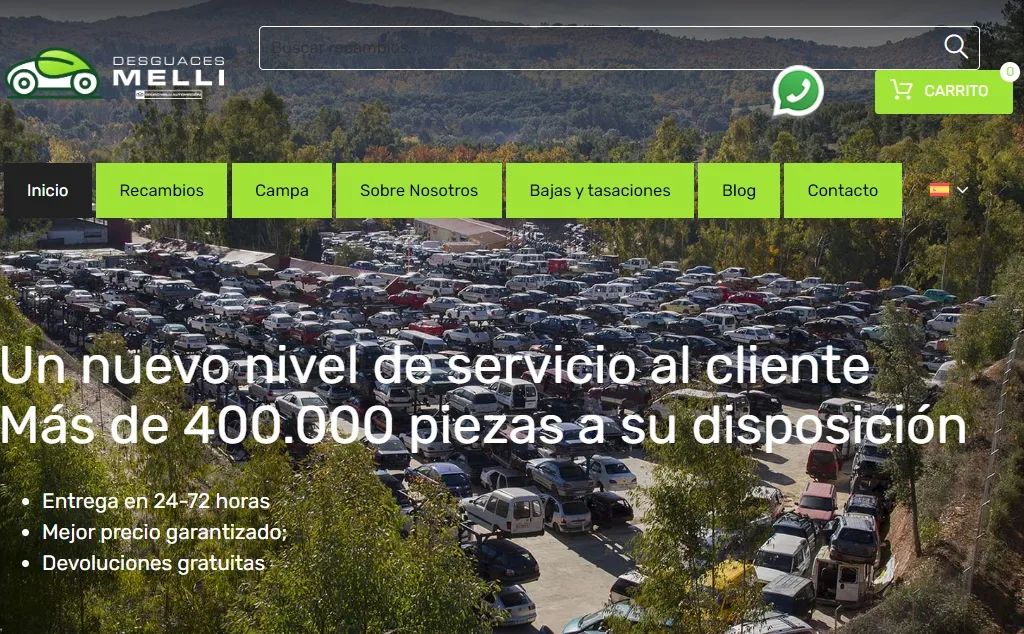WooCommerce, the popular e-commerce plugin built on WordPress, is often hailed as a cost-effective solution for online businesses. While it is true that the plugin itself is free, it’s crucial to understand that launching and maintaining a successful WooCommerce store involves various expenses beyond the initial setup. In this article, we will dissect whether Is WooCommerce Free and the true cost of using WooCommerce, exploring hosting, domain names, themes, extensions, plugins, security, developer fees, and more.
Is WooCommerce Free?
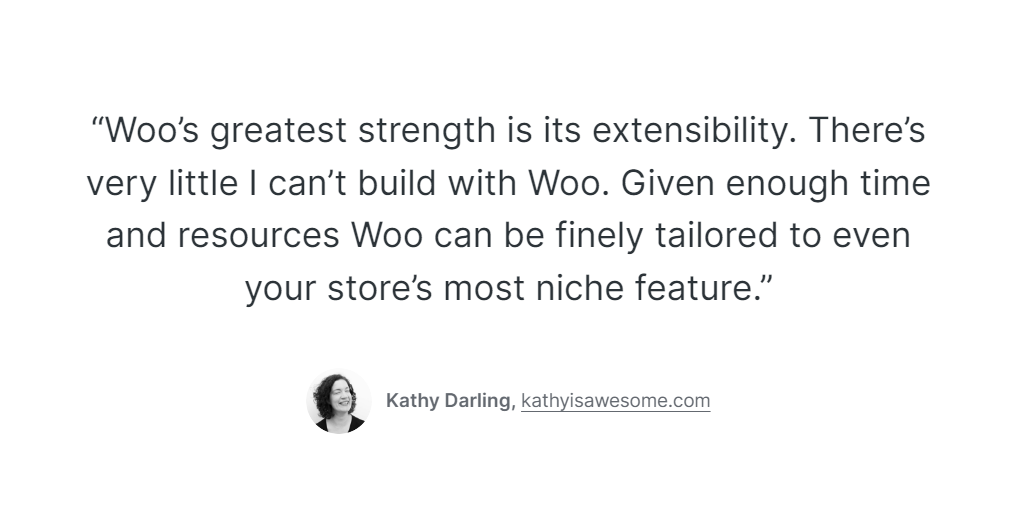
To begin, let’s clarify that WooCommerce, at its core, is indeed a free open-source software plugin. It’s built on top of WordPress, the world’s most popular free content management system, providing users with a solid foundation for e-commerce operations without an initial purchase cost so WooCommerce is a s free WordPress plugin. However, the reality is that establishing and running a WooCommerce store involves several expenses.
The Essential Costs
- Hosting: Your first essential cost is web hosting. Without hosting, your online store won’t be accessible to customers. Selecting the right hosting provider is crucial for optimal performance. Options like Bluehost, GreenGeeks, and SiteGround offer reliable hosting for WooCommerce stores. Hosting costs typically range from $3.95 to $5,000 per month, with most users finding a suitable plan around $6.95 per month. Check more information about How Much Does Woocommerce Cost here!
- Domain Name: A professional domain name, such as .com or .net, is a must for your online store’s credibility. Some hosting providers, like Bluehost, offer a free domain name for the first year. Otherwise, expect to pay around $10 to $20 per year for a domain name.
- Themes: While there are free WooCommerce themes available, investing in a premium theme can provide your store with a unique look and advanced customization options. WooCommerce’s custom Storefront themes, for instance, can cost between $39 and $129 as a one-time fee.
Additional Costs to Consider
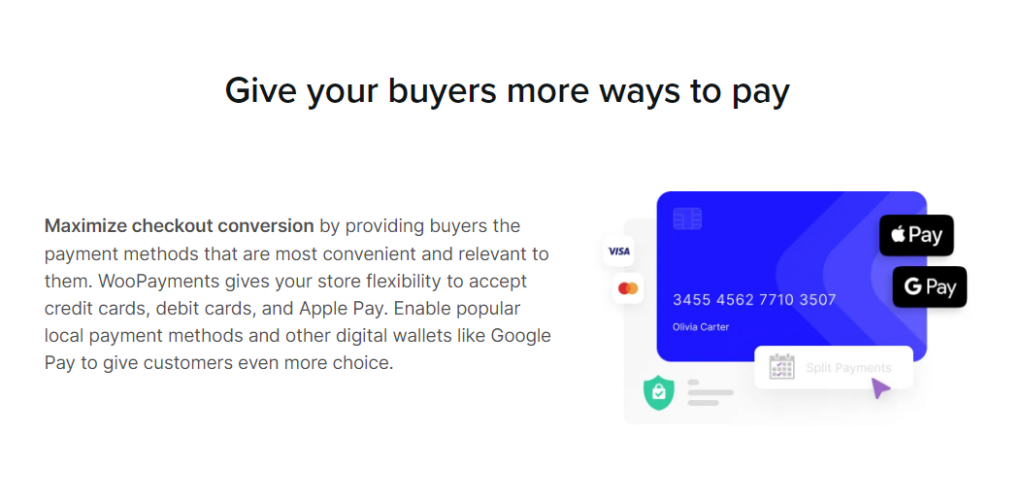
- Extensions: WooCommerce offers various extensions that enhance functionality, including payment gateways and shipping options. These extensions can range from free to $360 per year, depending on your needs.
- Plugins: Beyond the core WooCommerce plugin, you may require additional plugins to optimize your online store. Marketing plugins like WooCommerce Google Analytics, AutomateWoo, and WooCommerce Points and Rewards can range from free to $129 per year.
- Security: Security is paramount for e-commerce sites. Basic SSL certificates are often included in hosting plans or available for free through Let’s Encrypt. More advanced SSL solutions can cost between $7 and $150 per year. Additionally, consider anti-malware tools like SiteLock, which can range from $23.88 to $499.99 per year.
- Developer Fees: As your store grows, you may need assistance with technical issues or customizations. Developer fees can vary widely, from hourly rates of $10 to $100 or more. For a complete site design and development, costs can range from $1,000 to $15,000.
Payment Plans in WooCommerce
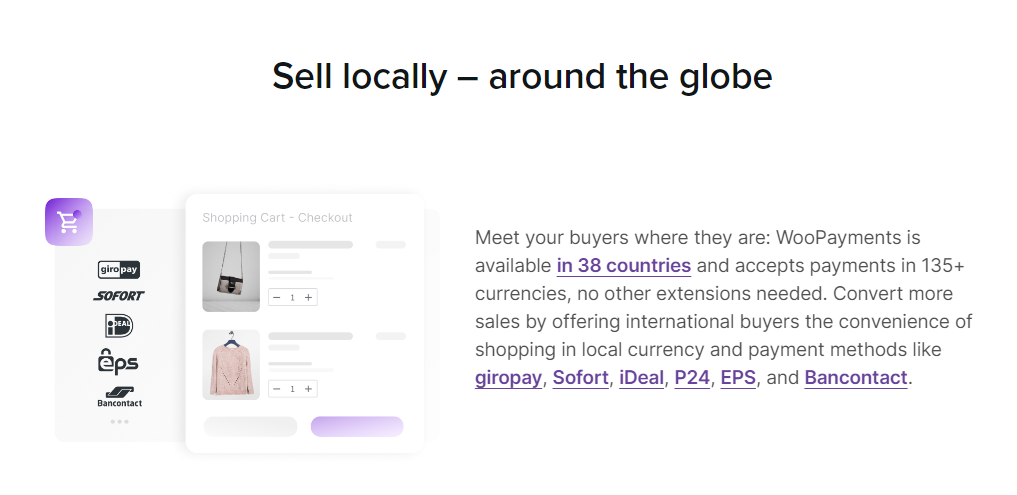
How It Works
Imagine you’re selling a pair of shoes on your online store for $100. While some customers may prefer to pay the full amount upfront, others might opt for a more flexible payment plan. With WooCommerce Payment Plans, you can offer your customers the convenience of paying in installments.
Payment Options: A customer interested in your shoes can choose between two payment methods:
- Pay in Full: They can pay the entire $100 upfront.
- Payment Plan: Alternatively, they can select a payment plan, where they pay 25% of the total price ($25) today.
- Automated Payments: If they choose the payment plan, the remaining payments of $25 each will be automatically charged to their credit card over the next three months. This ensures a hassle-free and convenient experience for your customers.
Traditionally, integrating payment plans into your WooCommerce site might involve partnering with third-party companies like Affirm, After Pay, or Sezzle, which often charge 6-10% of the purchase price as a service fee. However, the WooCommerce Payment Plans plugin offers a cost-effective alternative.
Affordable Pricing: With the WooCommerce Payment Plans plugin, you only pay an annual plugin fee of $99, in addition to the standard payment processing fee charged by your chosen payment gateway (typically around 2.9%).
Here are some useful WooCommerce plugins you may be interested in!
Key Features of Payment Plans in WooCommerce

- Multiple Payment Options: Provide your customers with the flexibility to choose between paying upfront or in installments, making it easier for them to manage their finances.
- Customizable Payment Schedules: Tailor your payment plans to suit your business needs. Set up automatic billing at intervals that work best for you, whether it’s days, weeks, months, or even years.
- Mixed Product Pages: You don’t need to create separate product pages for one-time purchases and payment plans. The plugin allows you to indicate that a product is available for both options within a single page.
- Automatic and Secure Payments: Seamlessly integrate with over 30 leading payment gateways, including Stripe, PayPal, Authorize.Net, Square, Amazon Pay, WooCommerce Payments, Sage/Opayo, and more, to ensure secure and automated recurring payments. (Read more: WooCommerce Payments vs Stripe)
- Automatic Rebilling for Failed Payments: Never worry about losing revenue due to payment errors. The plugin supports automatic rebilling for failed installment payments, minimizing potential disruptions in your revenue stream.
- Automatic Email Notifications: Keep your customers informed throughout the payment process. The plugin can automatically send renewal notifications, alerting customers to upcoming payments and confirming successful payment processing. If your WooCommerce Not Sending Emails, our guide may help you!
- Enhanced User Experience: Offer a transparent and user-friendly cart and checkout process. Customers will always be aware of their current and future payment obligations.
Comparing E-commerce Platforms Price

Ecwid vs WooCommerce
Ecwid takes a straightforward approach with its pricing structure, offering four distinct plans to cater to different business needs. These plans include a Free Plan, Venture Plan ($15 per month), Business Plan ($35 per month), and Unlimited Plan ($99 per month). The advantage of Ecwid’s pricing model is the absence of transaction fees, making it an appealing option for businesses looking for cost predictability.
WooCommerce, on the other hand, offers a free core plugin, but there are associated costs. You’ll need to consider expenses like hosting ($5 to $25 per month), domain name ($12 per year), SSL certificate ($5 per year), and potentially themes and plugins (ranging from $0 to $129 per year). Keep in mind additional costs like developer fees for customizations, which can vary. You can also check which E-commerce platform fits your budget in this Ecwid vs. WooCommerce guide!
Magento vs WooCommerce
When conducting a pricing comparison for e-commerce solutions, it’s crucial to consider factors like Magento vs WooCommerce. These two popular platforms have different cost structures and features that can significantly impact your budget and online store’s functionality.
WooCommerce provides a free and open-source platform, making it accessible to businesses of all sizes. In contrast, Magento offers both a free open-source version and premium services. Unfortunately, pricing for Magento’s premium options can only be obtained through direct contact with their sales team, which might be less transparent for some users.
OpenCart vs WooCommerce
When conducting a cost analysis of e-commerce platforms, it’s essential to compare options like OpenCart vs WooCommerce. These platforms have different pricing structures and associated expenses, which can have a substantial impact on your overall budget when setting up and maintaining an online store.
Both OpenCart and WooCommerce are open-source solutions, meaning they are free to download and use. However, running any website comes with basic expenses, including hosting, domain names, and security. These costs are unavoidable, regardless of the platform you choose.
PrestaShop vs WooCommerce
PrestaShop and WooCommerce both offer free open-source e-commerce solutions, allowing businesses to download and install their platforms without initial purchase costs. However, merchants using these platforms must still cover fundamental expenses like domain names (approximately $12/year), hosting (starting at $5 – $25/month), and Secure Socket Layer Certificates (SSL – about $5/year).
WooCommerce vs BigCommerce
BigCommerce operates on a straightforward pricing structure with three core plans: Standard ($29.95/month), Plus ($79.95/month), and Pro ($299.95/month). All plans come with a 15-day free trial. In contrast, WooCommerce provides a free plugin, but the cost to build the necessary WordPress site to enable it is a consideration.
WooCommerce vs WordPress
Both WordPress and WooCommerce are free and open-source, offering basic plans with limited features. To experience substantial growth in your WooCommerce store, you may need to invest in add-on features and functionalities, incurring additional costs.
Conclusion for Is WooCommerce Free
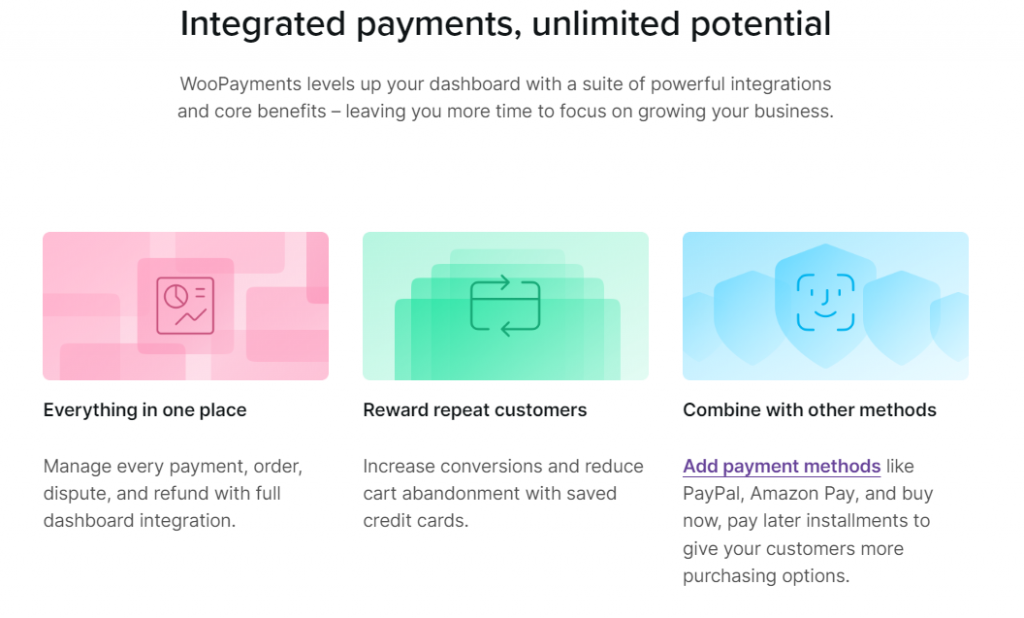
In summary, while WooCommerce itself is free, launching and maintaining a successful online store using this platform incurs various costs. The typical minimum cost for hosting and a domain name is around $100 per year. As you add more features and functionality to your store, the annual expenses can increase to approximately $1,200 to $1,500 in the first year, with ongoing costs of $500 to $750 in subsequent years.
Comparatively, WooCommerce and Shopify, often seen as competitors, have similar long-term costs, with WooCommerce offering more flexibility and scalability. Ultimately, the cost of running a WooCommerce store depends on your specific needs and the features you choose to implement.
So, while WooCommerce is indeed a powerful and cost-effective e-commerce solution, it’s essential to plan and budget for the additional expenses beyond its initial “free” label.

